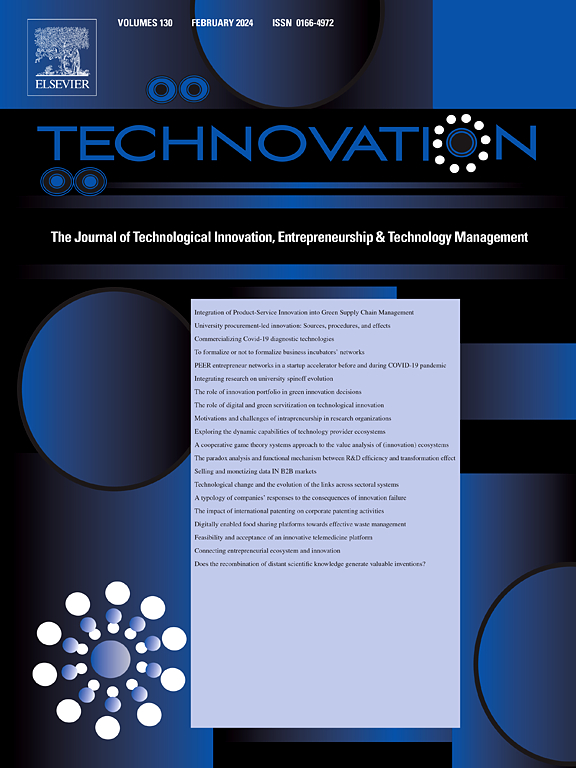3D printing technologies and innovation performance. An agile manufacturing theory perspective
IF 10.9
1区 管理学
Q1 ENGINEERING, INDUSTRIAL
引用次数: 0
Abstract
Academic research on 3D printing has largely focussed on its engineering and operations aspects, with few exploring dimensions related to individual firms and the aggregate economy. Although frequently touted as a transformative technology that drives innovation, little consideration has been given as to how it can enhance operational efficiency. To address this gap, this study explores how manufacturing agility and product innovation are derived from 3D printing to enhance operational performance. Using the Agile Manufacturing Theory (AMT) the current paper explores the mediating roles of organizational agility and new product creativity particularly between ease of use, mass customization, and operational performance. A quantitative approach was employed in which 208 middle and senior managers participated, and their data was analyzed via PLS-SEM to examine direct and indirect effects. Results reveal that ease of use and mass customization enhance operational performance through the mediating role of organizational agility and new product creativity. Agility responds to changes in the market, and creativity drives new product development, extracting the maximum operational benefits of 3D printing. Our findings suggest that while the disruptive technologies offer tremendous opportunities, firms must maintain an acute focus on integrating agility with creative mindsets to transform opportunities into tangible outcomes. These findings have significant implications for researchers and practitioners alike.
3D打印技术与创新表现。敏捷制造理论视角
关于3D打印的学术研究主要集中在其工程和操作方面,很少探索与个体公司和整体经济相关的维度。虽然经常被吹捧为推动创新的变革性技术,但很少考虑如何提高运营效率。为了解决这一差距,本研究探讨了如何从3D打印中获得制造敏捷性和产品创新,以提高运营绩效。本文运用敏捷制造理论(AMT)探讨了组织敏捷性和新产品创造力的中介作用,特别是在易用性、大规模定制和运营绩效之间。采用定量分析的方法,对208名中高层管理人员的数据进行PLS-SEM分析,以检验直接和间接影响。结果表明,易用性和大规模定制通过组织敏捷性和新产品创造力的中介作用提升了运营绩效。敏捷响应市场变化,创造力推动新产品开发,提取3D打印的最大运营效益。我们的研究结果表明,虽然颠覆性技术提供了巨大的机会,但企业必须保持敏锐的注意力,将敏捷性与创造性思维结合起来,将机会转化为切实的成果。这些发现对研究人员和从业人员都具有重要意义。
本文章由计算机程序翻译,如有差异,请以英文原文为准。
求助全文
约1分钟内获得全文
求助全文
来源期刊

Technovation
管理科学-工程:工业
CiteScore
15.10
自引率
11.20%
发文量
208
审稿时长
91 days
期刊介绍:
The interdisciplinary journal Technovation covers various aspects of technological innovation, exploring processes, products, and social impacts. It examines innovation in both process and product realms, including social innovations like regulatory frameworks and non-economic benefits. Topics range from emerging trends and capital for development to managing technology-intensive ventures and innovation in organizations of different sizes. It also discusses organizational structures, investment strategies for science and technology enterprises, and the roles of technological innovators. Additionally, it addresses technology transfer between developing countries and innovation across enterprise, political, and economic systems.
 求助内容:
求助内容: 应助结果提醒方式:
应助结果提醒方式:


